Home>Others>Specialized Home Improvement Topics>How To Prevent Inside Car Windows From Fogging Up
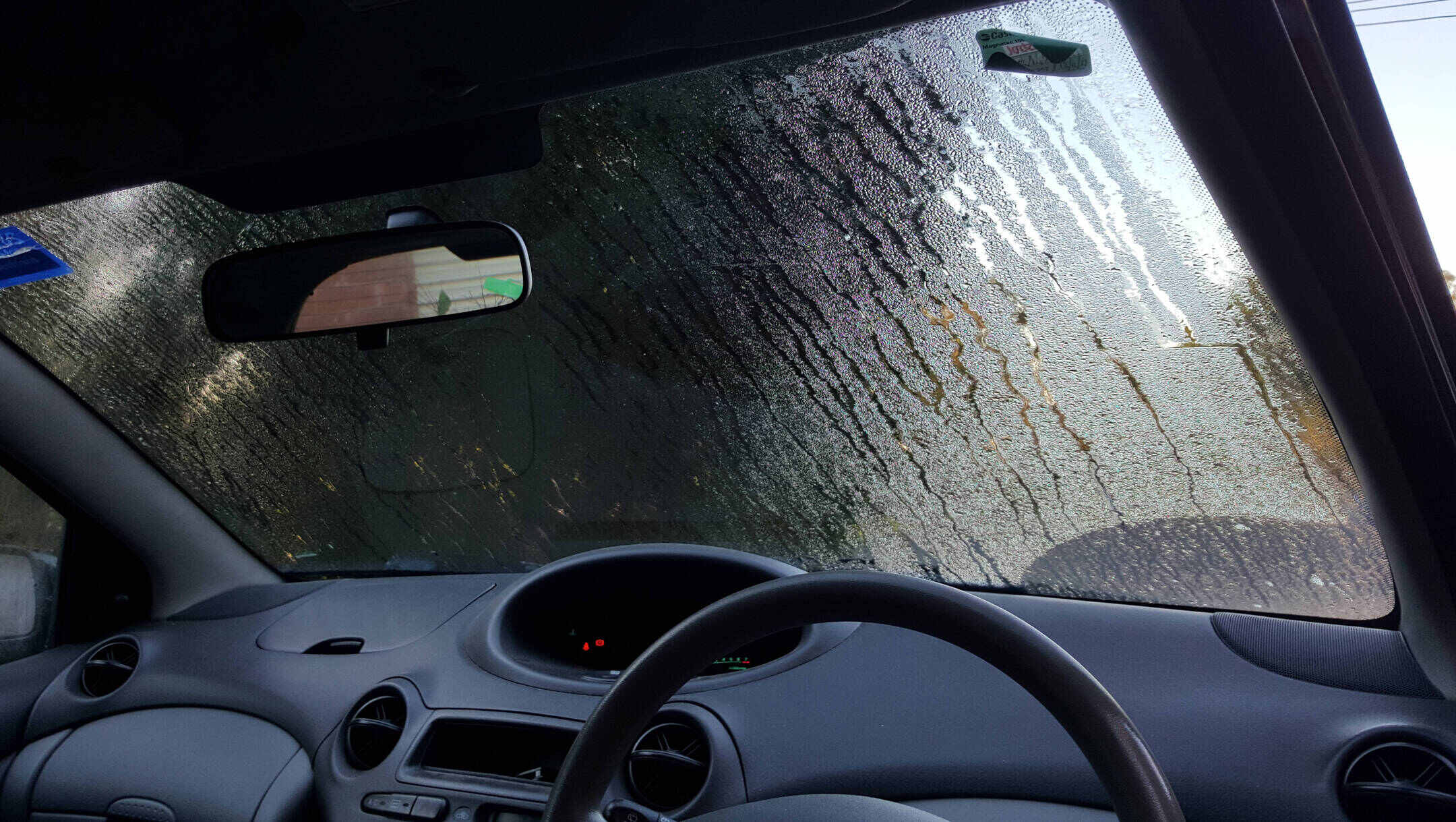

Specialized Home Improvement Topics
How To Prevent Inside Car Windows From Fogging Up
Modified: August 27, 2024
Learn effective methods for preventing your car windows from fogging up on the inside. Get expert tips on specialized home improvement topics.
(Many of the links in this article redirect to a specific reviewed product. Your purchase of these products through affiliate links helps to generate commission for Storables.com, at no extra cost. Learn more)
Introduction
Understanding the Frustration of Foggy Car Windows
Picture this: you're all set to hit the road, the engine purring, the excitement of the journey ahead palpable in the air. But as you settle into the driver's seat and prepare to navigate through the day's adventures, you notice something disheartening – the inside of your car windows is fogged up, obscuring your view and dampening your spirits. It's a scenario that countless drivers have encountered, and it's more than just an inconvenience; it can also pose a safety hazard.
Foggy windows inside a car are not only irritating but can also impede visibility, making it challenging to drive safely. Whether it's due to temperature differentials, humidity, or other factors, this common issue can quickly turn a joyous journey into a stressful experience. However, fear not, for there are effective strategies to combat this nuisance and ensure clear visibility during your travels.
In this comprehensive guide, we will delve into the root causes of foggy car windows and equip you with practical tips to prevent this pesky problem. By understanding the science behind foggy windows and implementing the suggested preventive measures, you can bid farewell to obscured views and reclaim the joy of driving without the hindrance of condensation. Let's embark on this enlightening journey to banish foggy car windows for good.
Key Takeaways:
- Say goodbye to foggy car windows by using anti-fogging products, optimizing ventilation, and controlling interior humidity. Enjoy clear visibility and hassle-free driving with these practical tips!
- Combat foggy car windows with natural absorbents, weather monitoring, and addressing lingering odors. Embrace a proactive approach to maintain clear visibility and enhance driving safety.
Understanding the Causes of Foggy Windows
Before delving into effective preventive measures, it’s crucial to comprehend the underlying reasons behind foggy windows inside a car. This knowledge will empower you to address the issue at its source, enhancing your driving experience and ensuring optimal visibility.
Temperature Differentials: One of the primary culprits behind foggy car windows is the contrast in temperature between the interior and exterior of the vehicle. When the air inside the car is warmer and more humid than the outside environment, moisture condenses on the cooler glass surfaces, leading to fogging. This phenomenon is particularly prevalent during the colder months, when the contrast between the heated interior and chilly exterior is most pronounced.
Humidity Levels: High levels of humidity inside the car can exacerbate the likelihood of window fogging. Moisture-laden air, whether stemming from wet clothing, damp upholstery, or environmental factors, contributes to condensation on the glass surfaces. Additionally, rainy weather or a sudden downpour can elevate interior humidity levels, increasing the propensity for foggy windows.
Residual Odors and Particulates: Lingering odors and airborne particles within the car can also play a role in fog accumulation on the windows. These elements can interact with moisture in the air, forming a thin film on the glass that diminishes transparency and impedes visibility. Addressing the sources of these odors and particles can help mitigate the likelihood of window fogging.
Vehicle Ventilation: Inadequate ventilation within the car can contribute to moisture buildup, fostering an environment conducive to window fogging. Insufficient airflow, especially in tightly sealed or confined spaces, can trap humid air and impede its dispersal, leading to condensation on the glass surfaces.
By comprehending these factors that contribute to foggy car windows, you can adopt targeted strategies to mitigate their impact and maintain clear visibility throughout your journeys. Now that we’ve unraveled the science behind this vexing issue, let’s explore actionable tips to prevent the aggravation of foggy windows and elevate your driving experience.
Tips for Preventing Inside Car Windows from Fogging Up
Now that we’ve grasped the factors that give rise to foggy windows inside a car, it’s time to equip ourselves with practical strategies to prevent this inconvenience and uphold clear visibility during our travels. By implementing these proactive measures, you can bid adieu to the frustration of obscured windows and relish a hassle-free driving experience.
Use Defogging Solutions: Invest in high-quality anti-fogging products designed specifically for car windows. These solutions create a protective barrier that minimizes condensation, ensuring that your windows remain clear and your view unobstructed, even in humid or fluctuating temperature conditions.
Optimize Vehicle Ventilation: Prioritize adequate airflow within your car to mitigate moisture buildup. Utilize the vehicle’s ventilation system, including the defroster and air conditioner, to regulate humidity levels and disperse excess moisture. Regularly clean and replace cabin air filters to maintain optimal air quality and circulation.
Control Interior Humidity: Take proactive steps to manage interior humidity levels and minimize the likelihood of window fogging. Avoid leaving wet items or damp clothing inside the car, and use moisture-absorbing products, such as desiccants or silica gel packets, to reduce excess moisture in the air. Additionally, consider using a portable dehumidifier to maintain a dry and comfortable interior environment.
Address Lingering Odors and Particulates: Combat the accumulation of fog-inducing films on your windows by addressing sources of residual odors and airborne particles within the car. Regularly clean and deodorize the interior, including upholstery, carpets, and air vents, to minimize the presence of substances that can interact with moisture and contribute to window fogging.
Employ Natural Absorbents: Harness the moisture-absorbing properties of natural materials, such as activated charcoal or cat litter, to combat interior humidity and prevent window fogging. Place these absorbents in breathable pouches or containers within the car to effectively capture excess moisture and maintain clear windows.
Monitor Weather Conditions: Stay mindful of external weather patterns and conditions that can impact interior humidity levels and contribute to window fogging. Be prepared to adjust your preventive measures based on fluctuating weather, such as sudden temperature changes or rainy periods, to proactively combat the onset of foggy windows.
By integrating these practical tips into your car maintenance routine and driving habits, you can effectively thwart the frustration of foggy windows and uphold optimal visibility throughout your journeys. With a proactive approach and a commitment to mitigating moisture-related challenges, you can embrace the open road with clarity and confidence, free from the hindrance of condensation on your car windows.
Use a commercial anti-fogging product or make your own by mixing equal parts of white vinegar and water in a spray bottle. Apply to the inside of the windows and wipe off with a clean cloth to prevent fogging.
Conclusion
As we bring our exploration of preventing inside car windows from fogging up to a close, it’s evident that foggy windows can significantly impede the driving experience, posing both an inconvenience and a safety risk. However, armed with a deeper understanding of the causes behind this common nuisance and a repertoire of effective preventive measures, you can reclaim clarity and visibility during your journeys.
By acknowledging the impact of temperature differentials, humidity levels, residual odors, and ventilation on window fogging, you’ve gained valuable insights into the factors at play. This awareness empowers you to implement targeted strategies, from utilizing defogging solutions to optimizing vehicle ventilation and controlling interior humidity, to proactively combat foggy windows.
It’s essential to recognize that preventing inside car windows from fogging up is not merely a matter of convenience; it’s an integral aspect of ensuring safe and unobstructed visibility while driving. Clear windows facilitate enhanced situational awareness, allowing you to navigate with confidence and respond to road conditions effectively.
As you integrate these preventive measures into your car care routine, remember that vigilance and adaptability are key. Stay attuned to weather conditions, adjust your strategies as needed, and prioritize the maintenance of a dry and well-ventilated car interior to thwart the onset of foggy windows.
Ultimately, by incorporating these tips into your driving habits and embracing a proactive approach to managing interior humidity, you can bid farewell to the frustration of foggy car windows and embark on your journeys with clarity, comfort, and peace of mind.
So, the next time you buckle up and set out on the open road, envision a clear, unobstructed view through your car windows, unencumbered by condensation. With these preventive measures at your disposal, you can navigate your travels with unwavering visibility and a renewed sense of driving enjoyment. Here’s to fog-free adventures and the liberating freedom of the open road!
Frequently Asked Questions about How To Prevent Inside Car Windows From Fogging Up
Was this page helpful?
At Storables.com, we guarantee accurate and reliable information. Our content, validated by Expert Board Contributors, is crafted following stringent Editorial Policies. We're committed to providing you with well-researched, expert-backed insights for all your informational needs.


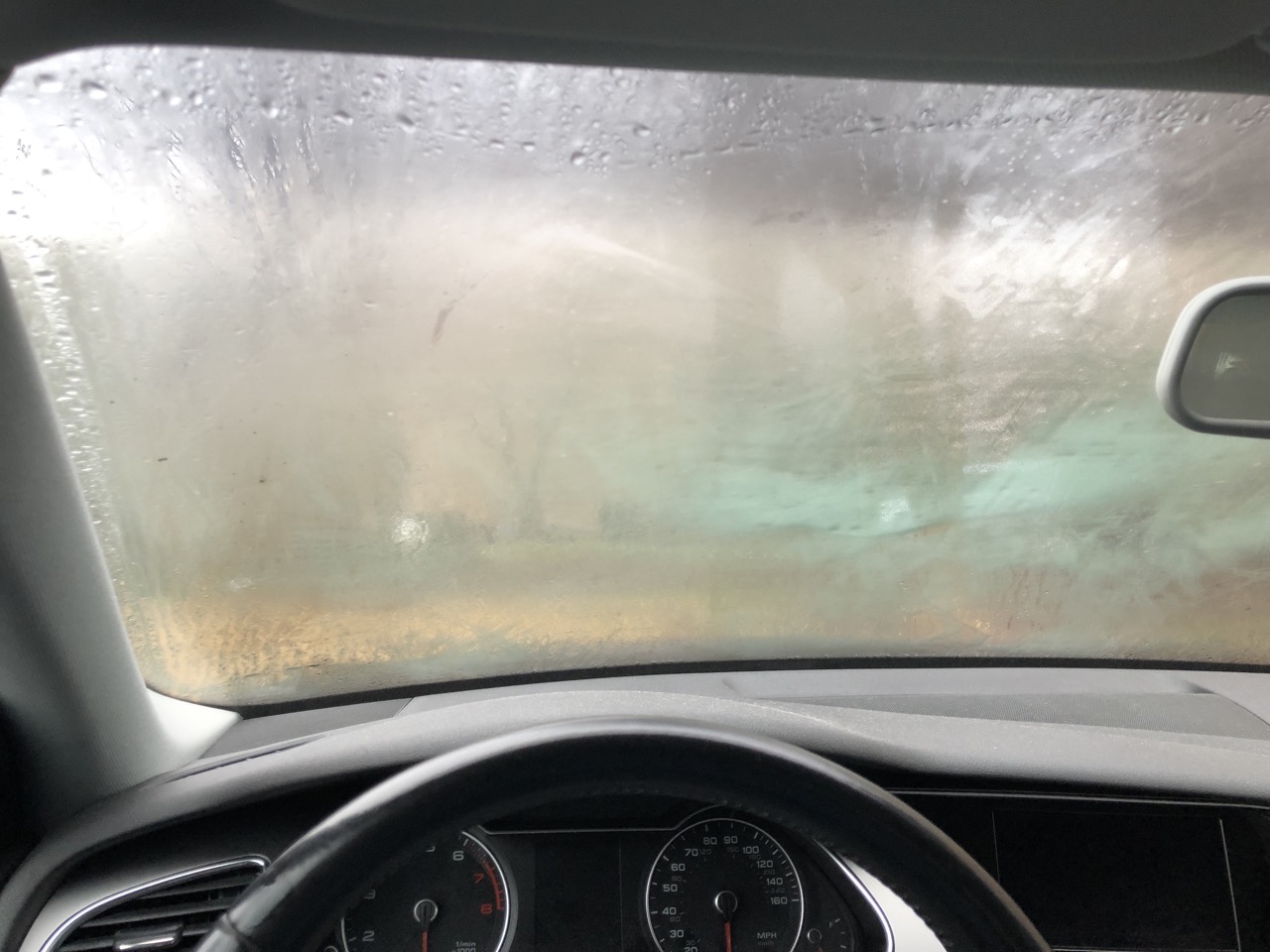

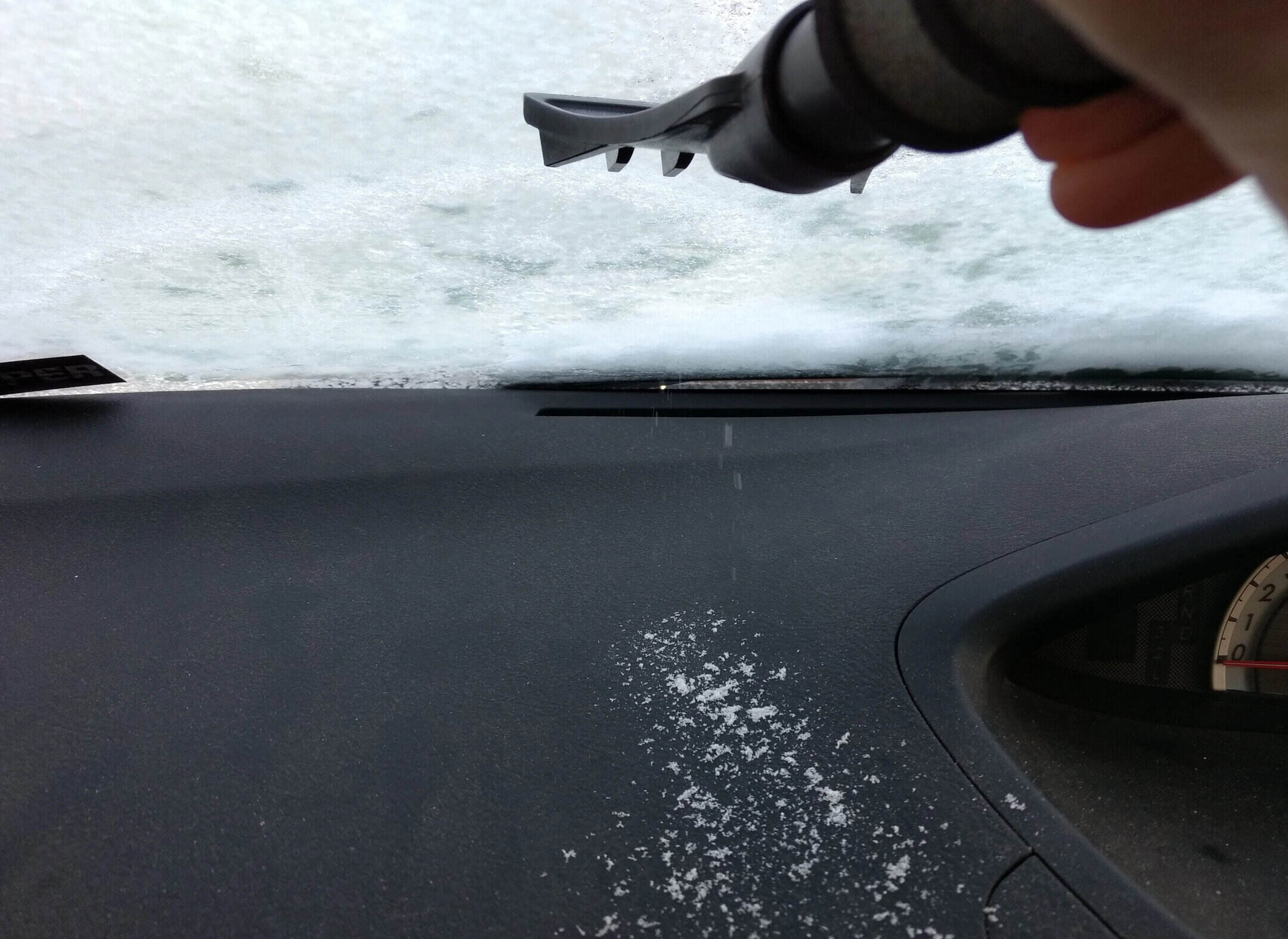
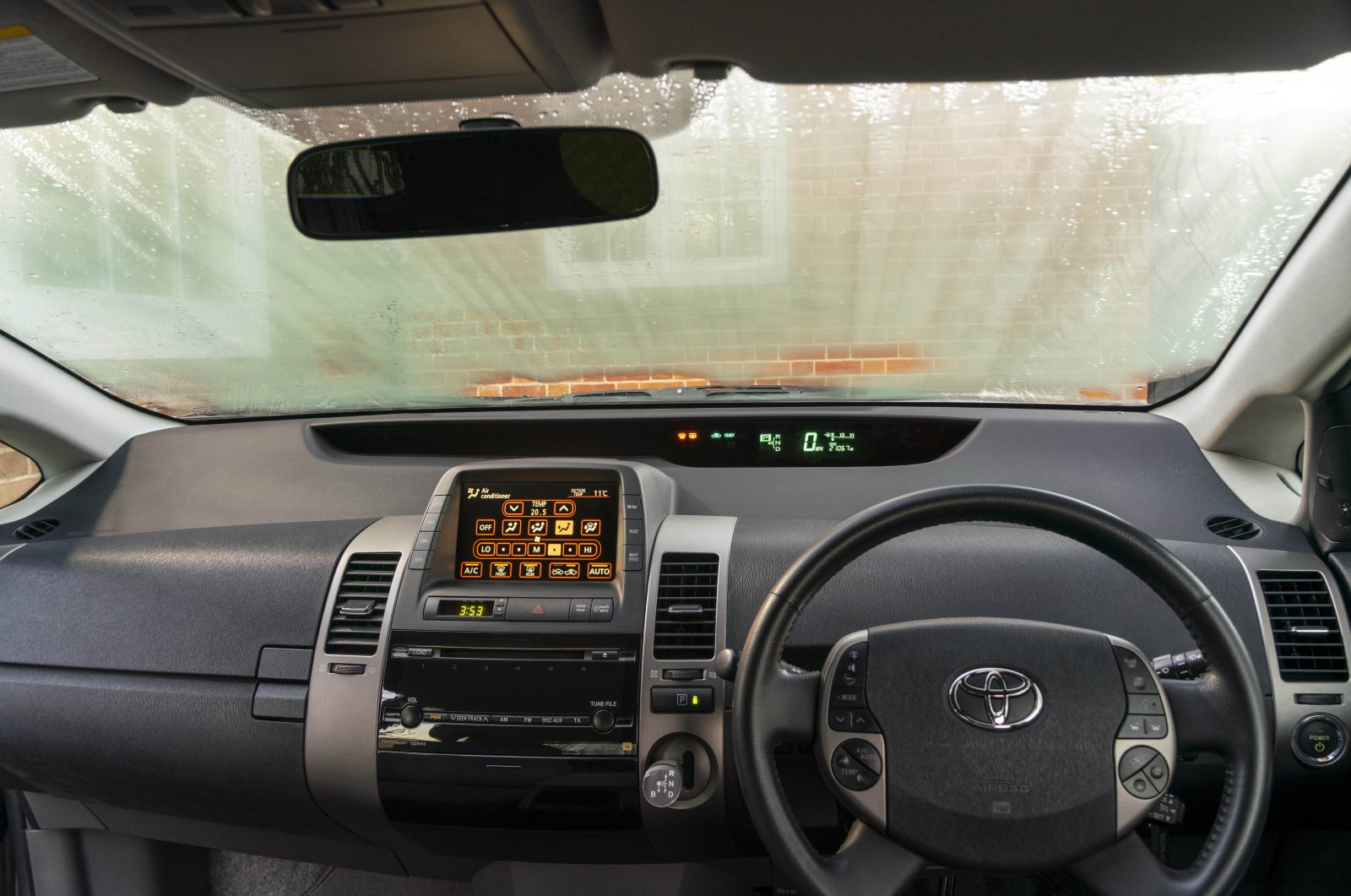

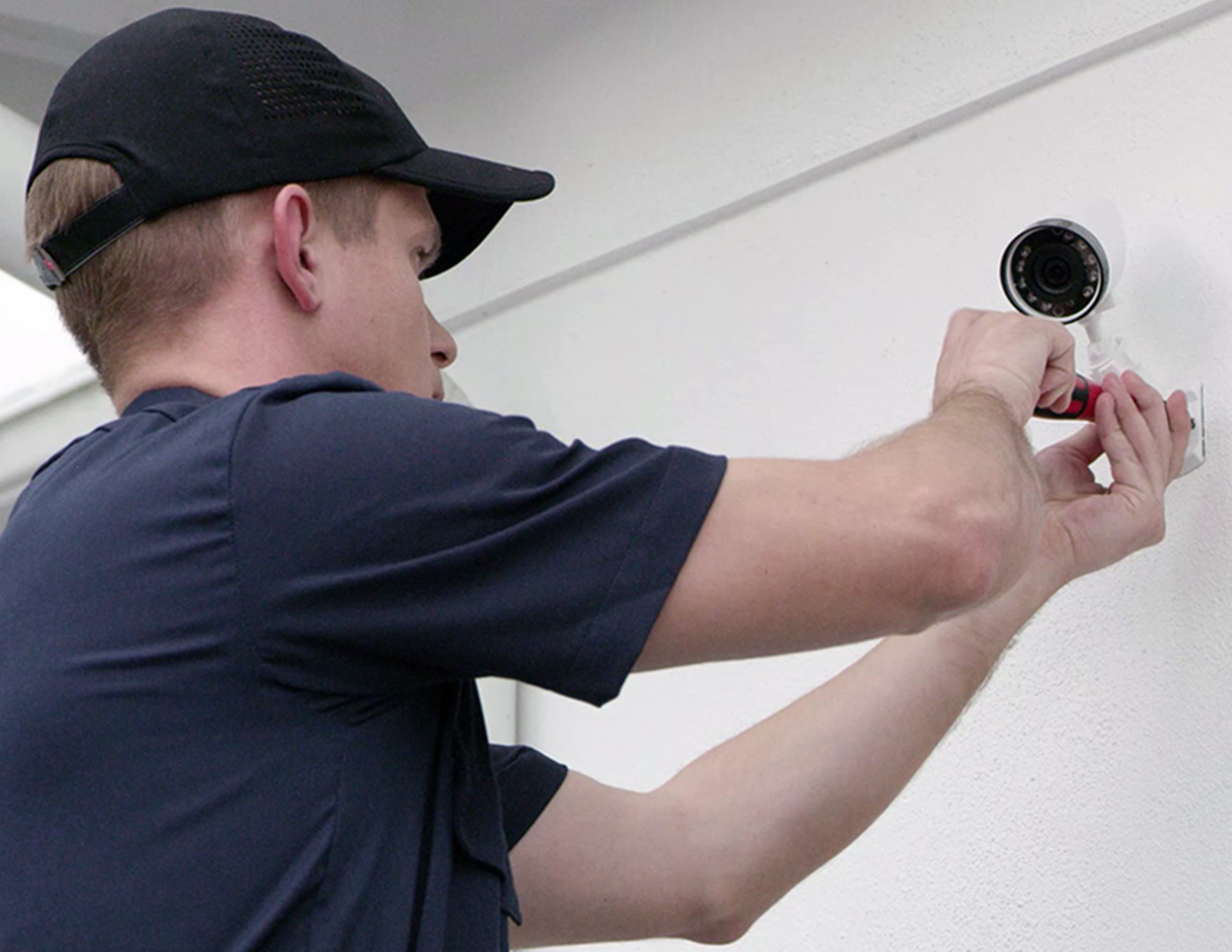
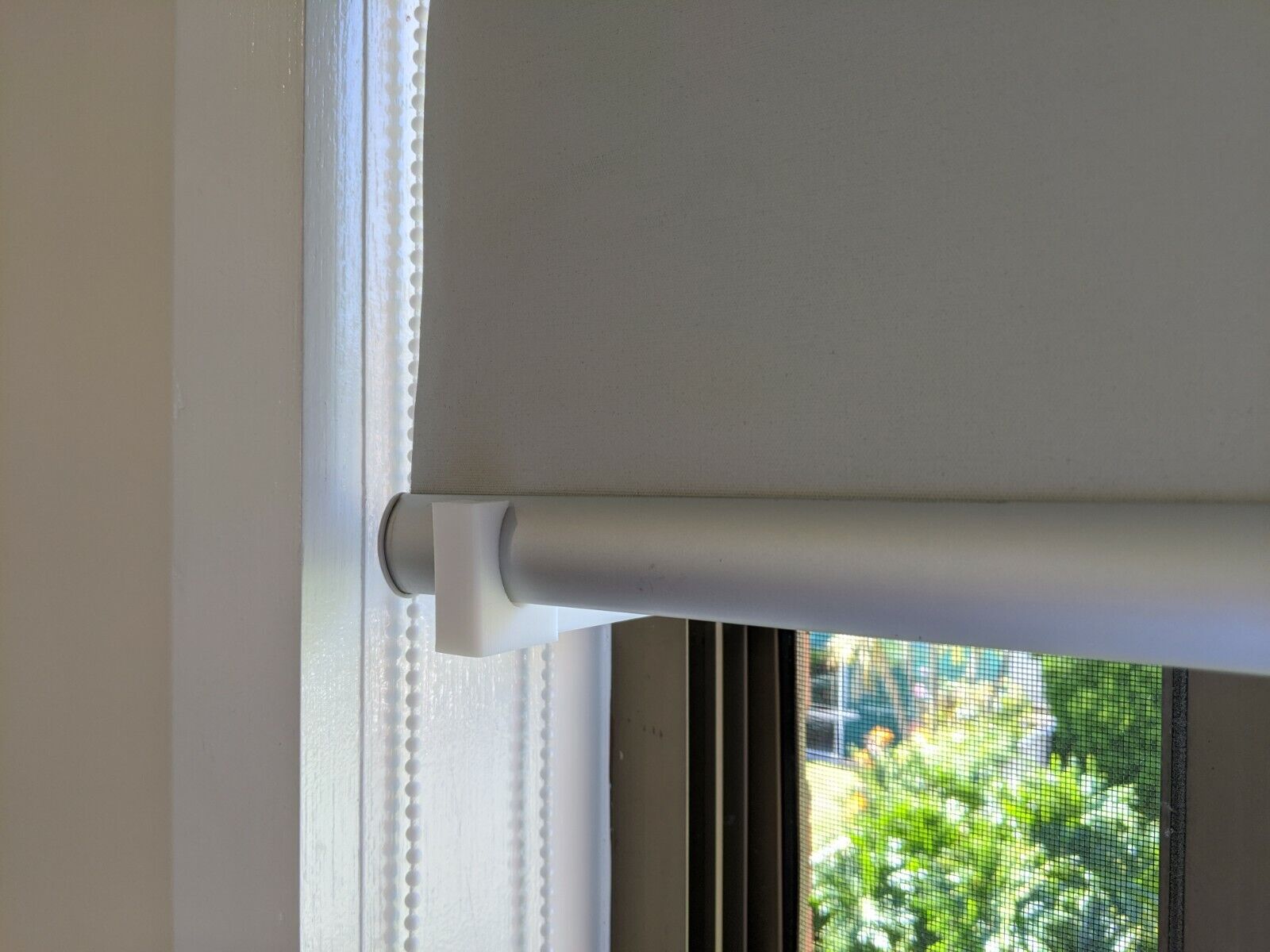
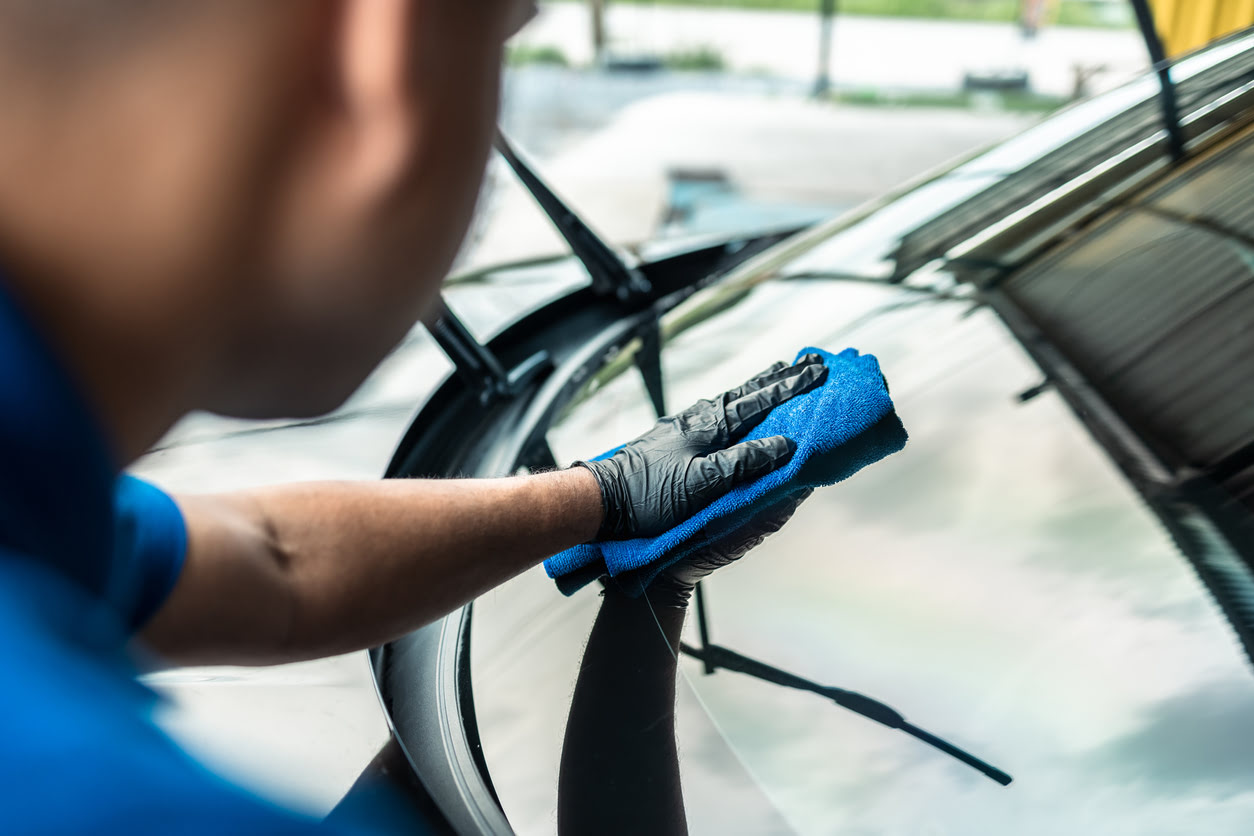






0 thoughts on “How To Prevent Inside Car Windows From Fogging Up”